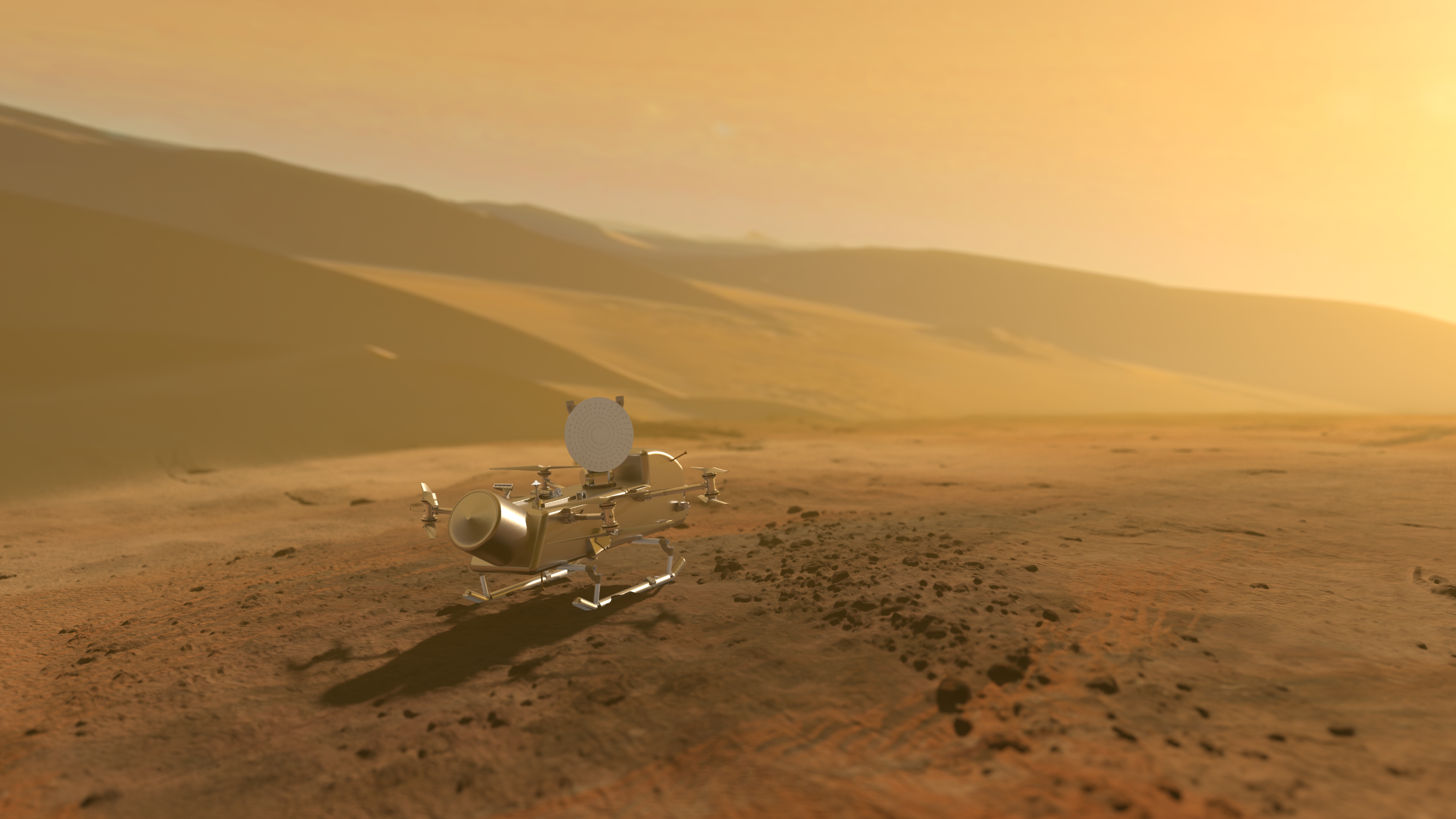3 min read
Todd J. Barber, Cassini lead propulsion engineer
As another calendar year draws to a close on the third rock, it's a good time to look back at another stellar year at the sixth planet. By my count, Cassini flew by Titan eighteen times this year, which surely helps explain some of our holiday exhaustion. In particular, the recent spate of sixteen-day orbits has rendered the otherwise-busy month of December positively insane. I also can't help but wonder if Isaac Newton felt a kinship to Scrooge, for none of our recent propulsive maneuvers have had the decency to fall on first shift in California. Again, though, as I've mentioned many times, it is surely a labor of love for those of us fortunate enough to be on this project. I wouldn't change a thing!
My list of favorite Cassini science highlights for 2007 would surely differ from yours, but since I'm lucky enough to pen this column, I'll take a stab at it. The continued revelation of lakes or even seas of liquid hydrocarbons in the equivalent of Titan's Arctic Circle is very high on my list. I was tickled after hearing of the first discovery of potential south polar lakes on Titan as well. Saturn itself continues to befuddle us, wonderfully, including its perplexing apparent variations in the length of the Saturnian day. Scientists have made great progress in understanding large apparent shifts in the Saturnian clock, and it appears that Saturn's magnetic field and icy ejecta from Enceladus are the prime culprits in this great mystery. Personally, I'm in awe of Saturn's north polar hexagonal structure, for nature usually eschews straight lines and corners. It was also wonderful to finally have the "smoking gun" evidence that icy eruptions from Enceladus directly stock Saturn's E-ring. I also enjoyed seeing an explanation for clumpiness in Saturn's G-ring, somewhat akin to the ring arcs of Neptune, one my favorite Voyager science results.
Speaking of Saturn's rings, as we begin our last six months of the primary mission, I just read the stunning news that Saturn's rings may be primordial after all. During outreach presentations, I've been telling countless thousands of children that Saturn's rings are very young by solar system standards, perhaps a few hundred million years old. Recent evidence suggests that the rings are more extensive than previously thought, show large age variations, and practice the art of recycling to a high degree. These clues suggest that perhaps the rings formed at the dawn of the solar system some 4.5 billion years ago. I hope these countless students forgive my naiveté and recognize this as science at its best -- asking tough questions, gathering evidence, making hypothesis, testing theories, etc. Isn't that what the beguiling and endlessly fascinating field of planetary science is all about?
Happy Holidays to you and yours from a grateful and privileged Cassini team!







